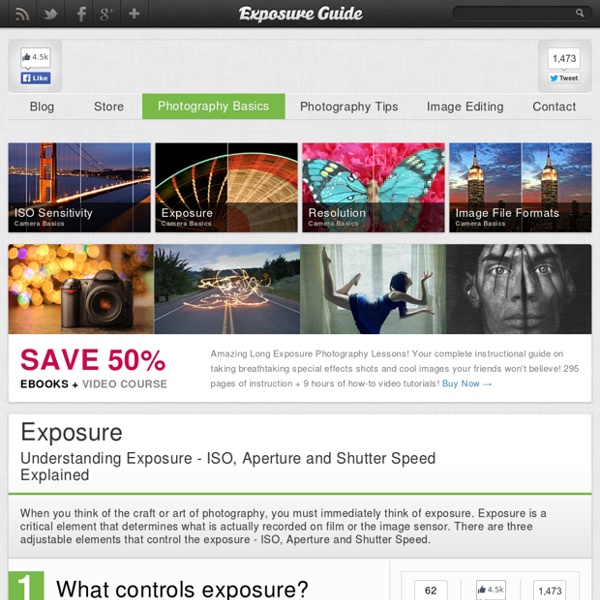blubbr - Play & create video trivia games
Worksheets, Lesson Plans, Teacher Resources, and Rubrics from TeAch-nology.com
Inspire Me Now
Top 10 Thinking Traps Exposed
Our minds set up many traps for us. Unless we’re aware of them, these traps can seriously hinder our ability to think rationally, leading us to bad reasoning and making stupid decisions. Features of our minds that are meant to help us may, eventually, get us into trouble. Here are the first 5 of the most harmful of these traps and how to avoid each one of them. 1. “Is the population of Turkey greater than 35 million? Lesson: Your starting point can heavily bias your thinking: initial impressions, ideas, estimates or data “anchor” subsequent thoughts. This trap is particularly dangerous as it’s deliberately used in many occasions, such as by experienced salesmen, who will show you a higher-priced item first, “anchoring” that price in your mind, for example. What can you do about it? Always view a problem from different perspectives. 2. In one experiment a group of people were randomly given one of two gifts — half received a decorated mug, the other half a large Swiss chocolate bar. 3. 4.
10 Futuristic Materials
Lifeboat Foundation Safeguarding Humanity Skip to content Switch to White Special Report 10 Futuristic Materials by Lifeboat Foundation Scientific Advisory Board member Michael Anissimov. 1. Aerogel protecting crayons from a blowtorch. This tiny block of transparent aerogel is supporting a brick weighing 2.5 kg. Aerogel holds 15 entries in the Guinness Book of Records, more than any other material. Carbon nanotubes are long chains of carbon held together by the strongest bond in all chemistry, the sacred sp2 bond, even stronger than the sp3 bonds that hold together diamond. “Metamaterial” refers to any material that gains its properties from structure rather than composition. We’re starting to lay down thick layers of diamond in CVD machines, hinting towards a future of bulk diamond machinery. Diamonds may be strong, but aggregated diamond nanorods (what I call amorphous fullerene) are stronger. Transparent alumina is three times stronger than steel and transparent. inShare28 Materials
80+ Best Free Hacking Tutorials
Learning to become hacker is not as easy as learning to become a software developer. I realized this when I started looking for learning resources for simple hacking people do. Even to start doing the simplest hack on own, a hacker requires to have in depth knowledge of multiple topics. Some people recommend minimum knowledge of few programming languages like C, Python, HTML with Unix operating system concepts and networking knowledge is required to start learning hacking techniques. Though knowing a lot of things is required, it is not really enough for you to be a competent and successful hacker. You must have a passion and positive attitude towards problem solving. If you are thinking about ethical hacking as a career option, you may need to be prepared for a lot of hard/smart work. A lot of people (including me before doing research for this article) think that they can become a hacker using some free hacking tools available on web. Hacking For Dummies - Beginners Tutorials Summary
SOLARHAM.com | Solar Cycle 24 | Space Weather and Amateur Radio Website
Ethereal Macro Photos of Snowflakes in the Moments Before They Disappear
Russian photographer Andrew Osokin is a master of winter macro photography. His photo collection is chock full of gorgeous super-close-up photographs of insects, flowers, snow, and frost. Among his most impressive shots are photographs of individual snowflakes that have fallen upon the ground and are in the process of melting away. You can enjoy many more of Osokin’s impressive photographs (16 pages worth, at the moment) over on his LensArt.ru website. Andrew Osokin Photography [LensArt via The Curious Brain via Colossal] Image credits: Photographs by Andrew Osokin and used with permission
10 Tips to Speed Reading
by Speed Reading Expert, Richard L. Feldman, Ph.D. (Columbia University) 10. Read Early in the Day Many people can double their reading speed and improve their concentration by reading the material that’s important to them early in the day. 9. Create three piles for your reading materials – important, moderately important, and least important. 8. Speed read for main ideas in nonfiction works like how-to books and educational texts. 7. Improve your reading comprehension, reading speed, and concentration by turning headings and subheadings in textbooks and other nonfiction books into questions. 6. Prop your book or magazine using a bookstand – angling your reading material at 45 degrees improves your reading speed and reduces eyestrain. 5. Improve your reading speed and avoid re-reading correspondence by jotting brief notes immediately after reading each piece of correspondence. 4. 3. 2. 1. Avoid on-line speed reading courses and do-it-yourself speed reading software.
Open Heacent RepRap Prusa Mendel 3DP01 3D Printer Assembly Kit /0.4mm Nozzle/3mm Filament
Para permitir descontos por volume neste site, use o código do cupom: BULKRATE durante o checkout. Você vai ver um desconto aplicado na parte inferior do carrinho de compras. Preços competitivos estão disponíveis. Contacte-nos para mais detalhes. What is Bulk Rate? Looking to get even more? Or Contact Us Directly



